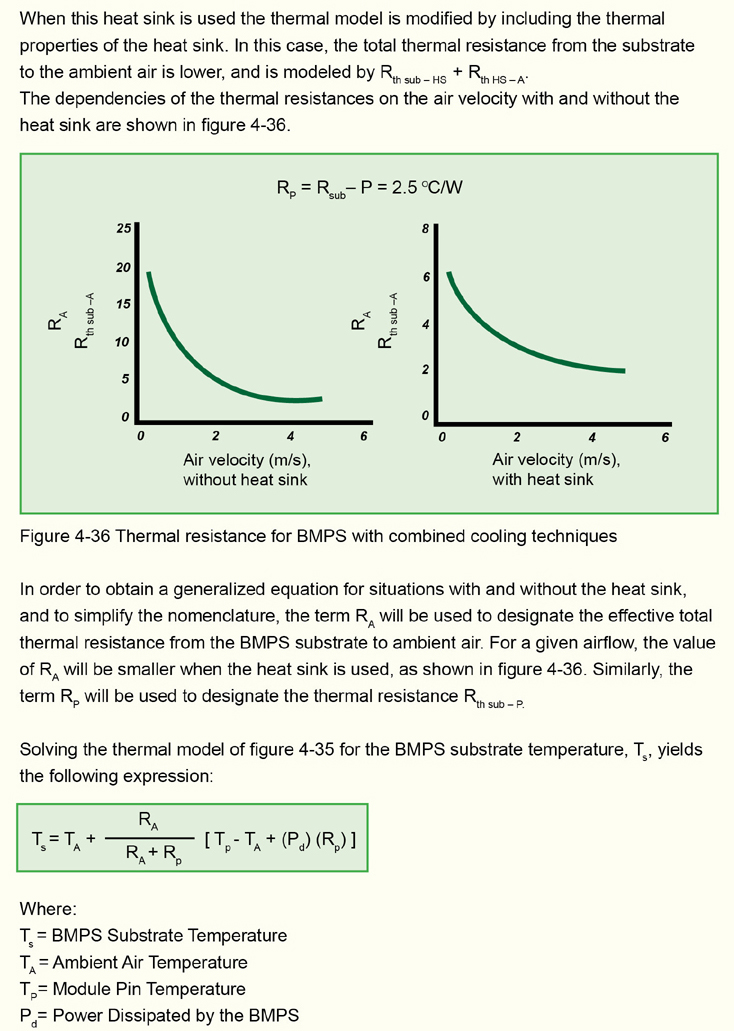A project aimed at harmonizing the requirements for BMPS products between manufacturers and users started in 2002 at the Power Supply Association (PSMA). Later the High Density Packaging User Group (HDPUG) finalized the work and an updated BMPS Application Guidelines document is now available. Time to market is critical in most applications, with ever increasing pressure on the power system designer to deliver cost effective power systems that are reliable, easy to manufacture, and pass regulatory qualification at the first attempt. It's rarely acceptable to wait several months or even years for the development of customized power system solutions or to produce your own design. System integrators and equipment manufacturers demand denser, more reliable power systems that are truly designed for manufacturing, but with a reduced development schedule and budget. As a result, the practical implementation of decentralized or distributed power systems has evolved to the use of standardized Board Mounted Power Supplies (BMPS). In this context the term BMPS means on-board DC/DC converters and DC/DC regulators, sometimes referred to as DC/DC power modules or simply power modules or converters. DC/DC regulators are also commonly known as point-of-load (POL) regulators. The use of BMPS products can however be a challenge for users not familiar with their features and limitations. This was recognized by the Power Sources Association (PSMA), who also found that many of today's BMPS products were more the result of individual power supply manufacturer's successful product releases rather than coming directly out of a harmonized market requirement. Hence a project, aimed at harmonizing the requirements for BMPS products between manufacturers and users, was formed in 2002 together with the European Power Supply Association (EPSMA). However and very much due to the effect of heavy cut-backs in the industry during the years after the IT-collapse, a lack of skilled power supply individuals at the users existed, resulting in severe difficulties in involving the user side of the project. Simultaneously, the High Density Packaging User Group (HDPUG) recognized a need for application guidelines on BMPS products for its members, the main players within the Tele- and Communications segment. As a result it adopted the PSMA project as its own program in 2004. An intensive effort in writing the BMPS Application Guidelines then began jointly between HDPUG's user companies and power supply and semiconductor manufacturers within PSMA and EPSMA. The first edition was released in May 2007. A large number of users and manufacturers contributed to the extensively detailed BMPS Application Guidelines, which was intended as a design tool and communication link between manufacturers and users of BMPS products. Consequently, users will now be able to communicate their needs and requirements, and manufacturers will have an opportunity to communicate the technology possibilities; which over time can influence the further development of power systems and their products. The Guideline has subsequently developed into a highly comprehensive survey of modern power system design and the technologies and components available to support it, all with the aim of assisting the power system designer. In fact, the guidelines will work as a generic reference on BMPS products whether the reader is an inexperienced engineer who hasn't designed in a power application before or an experienced design engineer completely familiar and comfortable with power design. (In Table 1, the main topics of the guidelines are shown and Figure 1 shows an extract on thermal design from the document).

The industry recognized document has just been re-released in a completely updated and expanded version 2.0. This version has contributions from a large number of users and manufacturers of BMPS products, and has been endorsed by several major communications OEMs. Examples of contributors to the guidelines are Alcatel-Lucent, Emerson Network Power, Ericsson Power Modules, International Rectifiers, Murata Power Solutions, Netpower Labs AB, NetPower Technologies, PowerBrand Consulting, Nokia-Siemens Networks, TDK-Lambda, Texas Instruments, Lineage Power and Vicor Corporation. Supporting organizations to the Applications Guidelines are the PSMA in the United States, the EPSMA in Europe and IPC (formerly known as Interconnecting and Packaging Electronic Circuits) which recently issued a standard specification document on power supplies targeting the Tele- and Communications industry i.e. IPC 9592. The IPC document will heavily influence the requirements of power supplies not only in the first targeted application areas, but in the long run, the whole power supply industry. The IPC and HDPUG documents should be viewed as complementary documents where the HDPUG document is mostly regarded as an educational and technology guiding document while the IPC9592 sets firm requirements on the products' performance parameters. The BMPS Application Guidelines document is listed at 350USD. A PDF-version can be ordered from on-line shop at www.HDPUG.org for 300USD with 50% discount for PSMA and EPSMA members. HDPUG members and contributing companies will receive it free of charge. www.HDPUG.org